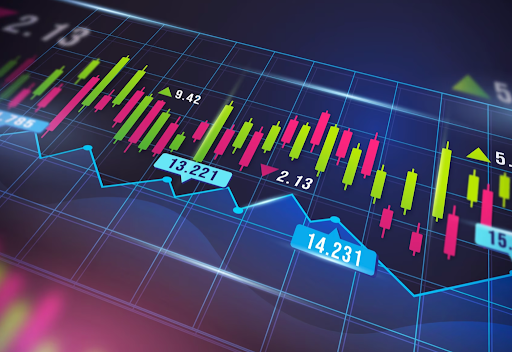Understanding Scalping in a Prop Firm Context
Scalping is a high-frequency trading strategy that aims for quick, small profits by opening and closing positions within minutes or even seconds. In a Prop Firm setting, scalping has to be done with precision in order to address stringent risk controls like maximum daily loss, drawdown limits, and consistency rules. MetaTrader 5 accommodates this type beautifully, providing the speed and flexibility needed to manage swift trades while assisting traders to be compliant with trading limitations imposed by firms.
Choosing the Proper Instruments in MetaTrader 5
The success of any scalping technique starts with choosing the proper instruments of trade. In MetaTrader 5, a trader in a Prop Firm environment would want to work with instruments featuring tight spreads, high liquidity, and quick execution such as major forex crosses like EUR/USD or GBP/USD. Such instruments stand a better chance to deliver clean, responsive price movements. MetaTrader 5 also allows for sophisticated spread tracking and market depth, which can be used to easily see which instruments are most appropriate for scalping at any particular moment.
Setup for Scalping on MetaTrader 5
In order for scalping to function properly, the trading terminal needs to be configured for quick action. Within MetaTrader 5, turning on one-click trading, limiting open charts, and defaulting trade sizes assists in getting things moving quickly. Scalpers in a Prop Firm setup would employ M1 or M5 timeframes and eliminate any unneeded indicators or charts to reduce lag. A minimalist, responsive setup is one where every trade is entered with minimal delay, minimizing the possibility of slippage or late entries.
Key Scalping Indicators and Tools
While some scalpers base everything on price action, having a couple of technical indicators can help improve decision-making. In MetaTrader 5, some frequently employed tools include the 20 and 50 EMA to identify trend, MACD histogram for confirming momentum, and RSI to identify overbought or oversold levels. Having these very minimal indicators will provide Prop Firm traders with information necessary to time their entries and exits better and still keep in line with the firm’s trading rules.


